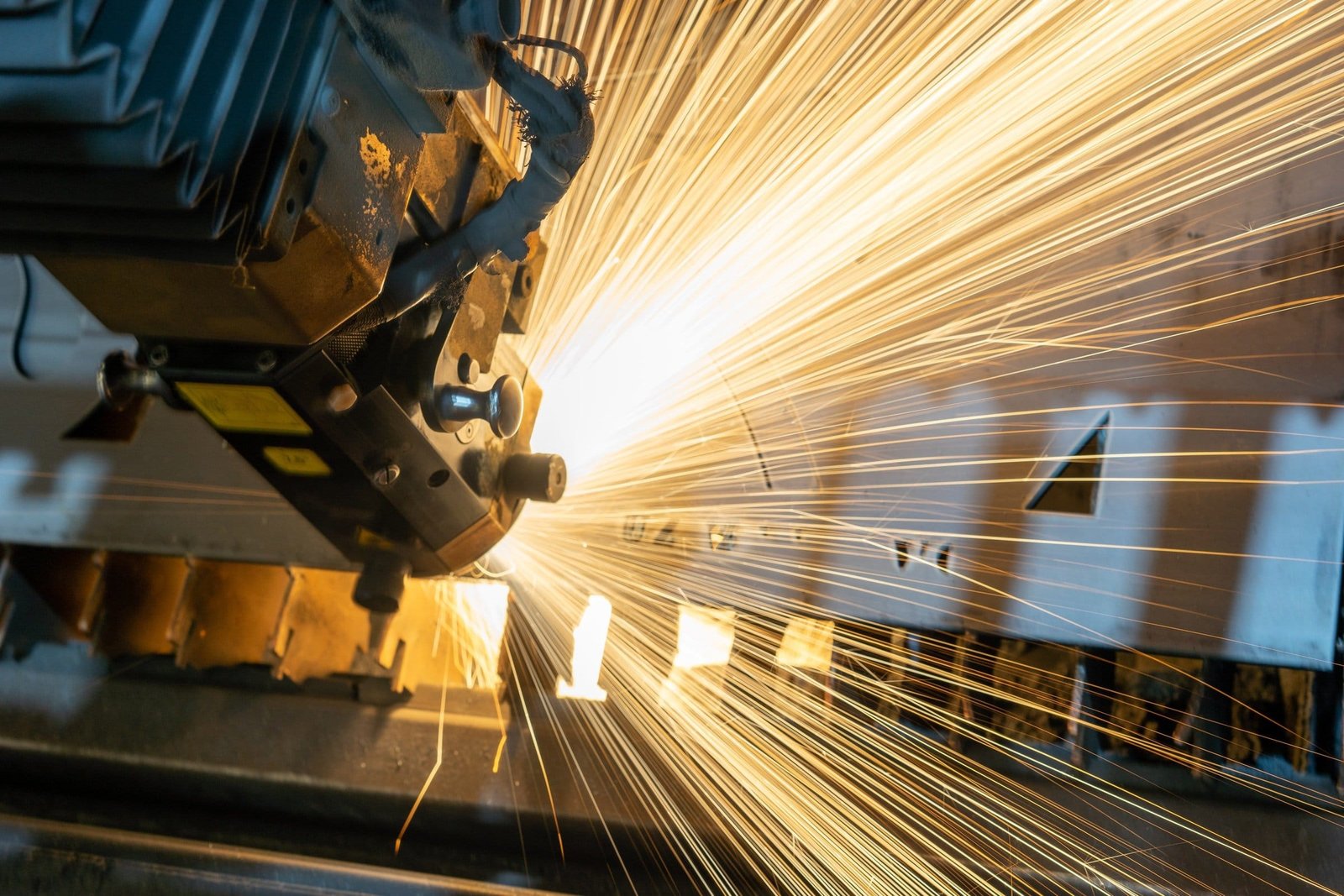
Manufacturing and fabrication are two common terms that are often used interchangeably to describe industrial-related procedures that involve assembling, making, or producing a product. However, there is a difference between manufacturing and fabrication.
There is a subtle difference between making and forming. You must know the difference if your company is building a product because somewhere while producing, your company will need the services of each.
Manufacturing
Manufacturing is a large-scale process with far-reaching implications. It helps to create a cycle of research and development, innovation, and productivity. Basically, manufacturing products is accomplished by conventional manufacturing processes. It converts raw materials into a finished product, which can either be done by hand or by machine.
The most effective way to produce a product is through large-scale production lines composed of skilled labour operating machinery in a factory. This conversion of raw materials may entail a variety of processes such as machines fitted with specific tools for production, or using chemical or biological agents and additives necessary for processing. During manufacturing, one production process that frequently occurs is a fabrication.
Fabrication
From the overall manufacturing process, fabrication is the act of forming parts or structures through various methods of constructing, building, forging, and uniting.
The manufacture of buildings, structures, engines, etc. relies on metal fabrication. It involves the shaping of raw metal materials into components. A fabrication process shapes a metal sheet into a customised part by either removing a particular material from the sheet or deforming it to the desired shape. It can then be processed or assembled to produce a final product.
At KP Fabrication & Welding, a complete range of fabrication and finishing services are provided for manufacturers and companies. We perform custom and precision fabrication techniques. Depending on the production needs, the material is cut, rolled, bent, sheared, and forged. It includes laser cutting and punching, galvanising, welding, painting, powder coating, and riveting for assembling, sub-contract manufacturing, prototyping, machine design, and technical drawing.

